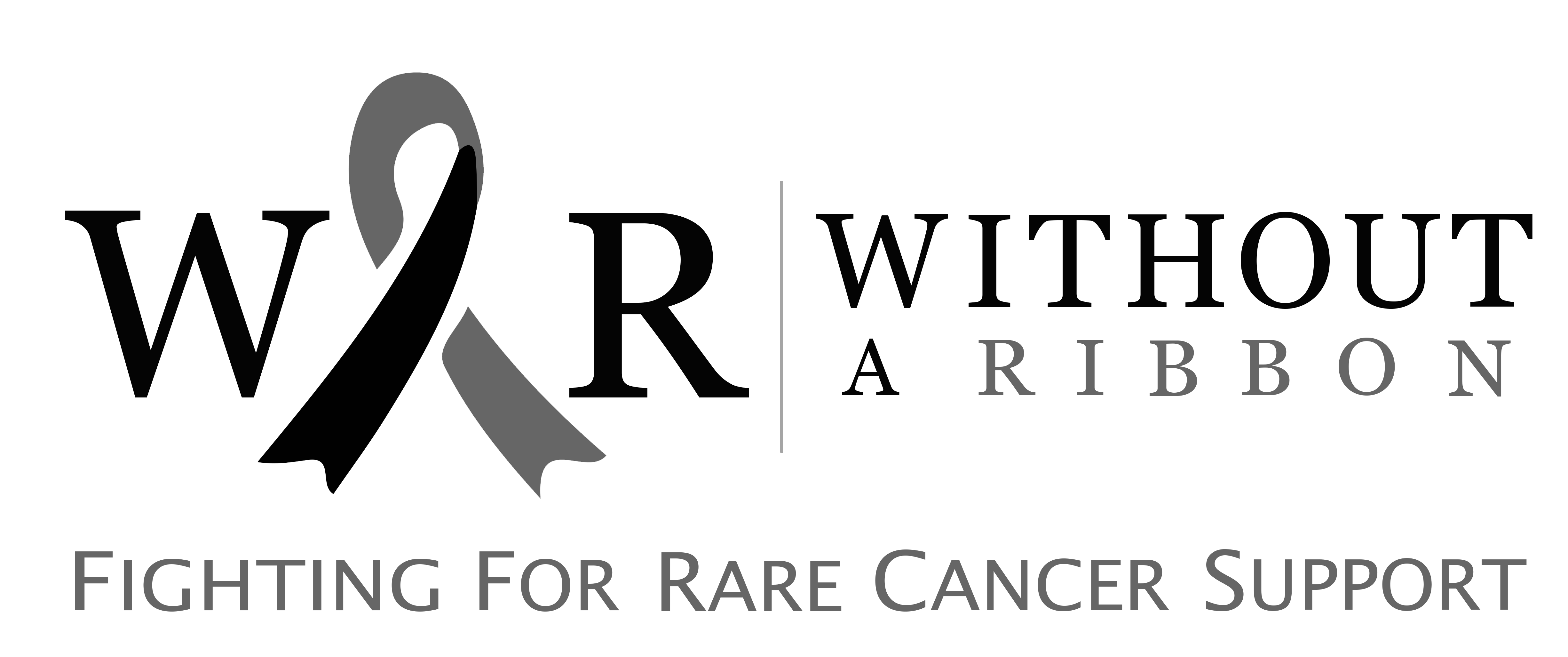Ossifying Fibromyxoid Tumour is a rare and unusual type of soft tissue tumour. It is mostly found in adults and usually appears in the arms, legs, or trunk of the body. This tumour grows in the soft tissues, such as muscles or fat, and sometimes just beneath the skin.
The name “ossifying” means that the tumour sometimes forms bone-like material inside it. “Fibromyxoid” refers to the mixture of fibrous and jelly-like tissues seen in the tumour when examined under a microscope. Although most of these tumours grow slowly and are not considered highly dangerous, some rare forms can behave more aggressively.
Symptoms
Many people discover Ossifying Fibromyxoid Tumour when they feel a painless lump under the skin. It may slowly increase in size over time. Usually, it does not cause pain, but if it grows close to nerves or joints, it can lead to discomfort or swelling. In most cases, people are unaware of it until a doctor notices it during a physical exam or a scan is done for another reason.
Diagnosis
To diagnose this tumour, doctors usually perform imaging tests such as an MRI or CT scan. A small piece of the lump is then removed in a procedure called a biopsy. This sample is examined under a microscope to confirm the diagnosis and check whether the tumour is benign or possibly malignant.
Treatment
Treatment usually involves surgery to remove the entire tumour. If the tumour is removed completely, it often does not come back. In rare cases where the tumour shows signs of aggressive growth or comes back after surgery, doctors may suggest radiation therapy to help prevent recurrence.
Prognosis
The prognosis for most patients is good, especially if the tumour is diagnosed early and removed completely. However, some rare types of ossifying fibromyxoid tumours can come back or spread to other parts of the body, so regular checkups for a few years after treatment is recommended. This enables them to identify and address any issues promptly, providing the best possible care.
You can help us with your donation:
Without a Ribbon is a charity that works hard to aid those who suffer from rare cancers. You can help our cause in a variety of ways:

